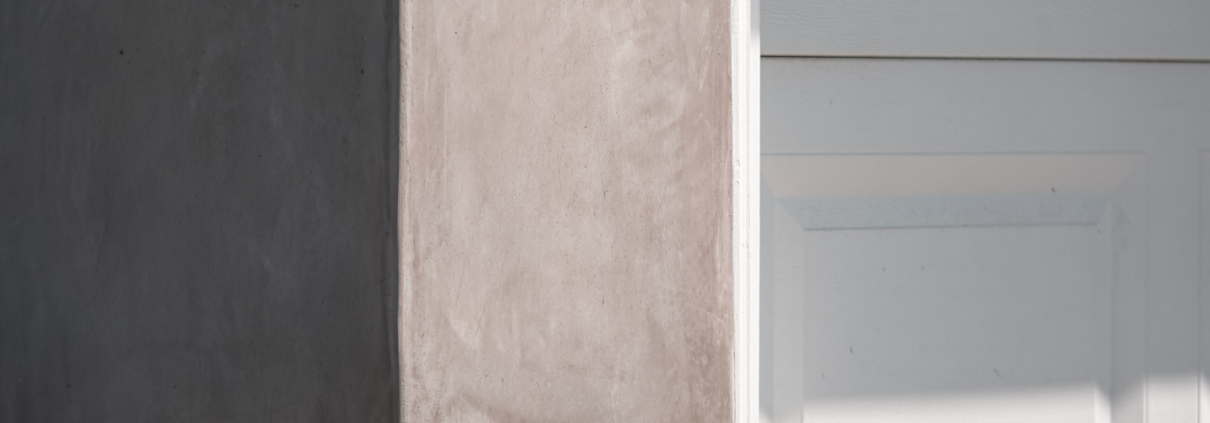Homeowners Love Smooth Stucco Walls (And What You Should Know Before Upgrading)
What Is Smooth Stucco?
Smooth stucco is a fine-textured finish created using a cement-based plaster applied in multiple coats, then troweled by hand or machine to achieve a sleek, flat surface. The final result is a modern, seamless look that contrasts beautifully with wood, stone, or metal accents.
Compared to traditional sand or dash textures, offers a minimalist aesthetic that enhances architectural details and works well with both light and dark paint colors.
Why Homeowners Choose It
-
Modern Curb Appeal
Smooth stucco gives homes a clean, high-end look that instantly elevates the exterior. It’s a favorite in contemporary and mid-century modern designs throughout LA, Manhattan Beach, and Orange County. -
Versatile Design Compatibility
It pairs well with modern aluminum windows, wood garage doors, and minimalist landscaping. Whether you’re aiming for Spanish-style warmth or a crisp, modern edge—smooth stucco can pull it off. -
Easy to Paint & Repaint
The flat surface makes it easier to repaint over time, and because it lacks deep grooves, paint coverage is typically more uniform. -
Durable and Weather-Resistant
When properly applied and sealed, smooth stucco can hold up well in coastal and inland climates, resisting heat, wind, and moisture.
What to Watch Out For
-
Hairline Cracks Are Common
Due to its flat finish, small cracks can be more visible than with textured stucco. That’s why professional installation is key—using fiberglass mesh, elastomeric coatings, or acrylic additives can minimize future cracking. -
Higher Labor Costs
Smooth stucco requires more time, skill, and attention to detail than rougher textures. While it might cost more upfront, the visual impact and long-term payoff often make it worth it. -
Maintenance Considerations
Although relatively low-maintenance, smooth stucco should be pressure-washed once or twice a year and resealed every few years to maintain its appearance.
Smooth Stucco vs. Traditional Stucco: What’s the Difference?
| Feature | Smooth Stucco | Traditional Stucco |
|---|---|---|
| Texture | Flat, sleek | Rough, sanded |
| Aesthetic | Modern, high-end | Rustic or traditional |
| Crack Visibility | More visible | Less visible |
| Labor Cost | Higher | Lower |
| Paint Application | Easier | May need more paint |
Final Thoughts
Stucco walls offer the perfect mix of elegance and durability. They’re especially well-suited for Southern California homes, where modern design, resale value, and weather resistance all matter. If you’re thinking about updating your home’s exterior, might be the clean finish your walls—and curb appeal—are waiting for.
Looking to upgrade to smooth stucco? Contact us for a free consultation. We’ll help you explore finishes, color options, and budget-friendly ways to transform your home.
Want a shorter version for Instagram or an SEO landing page? Just let me know!



 Builder Boy, LLC
Builder Boy, LLC